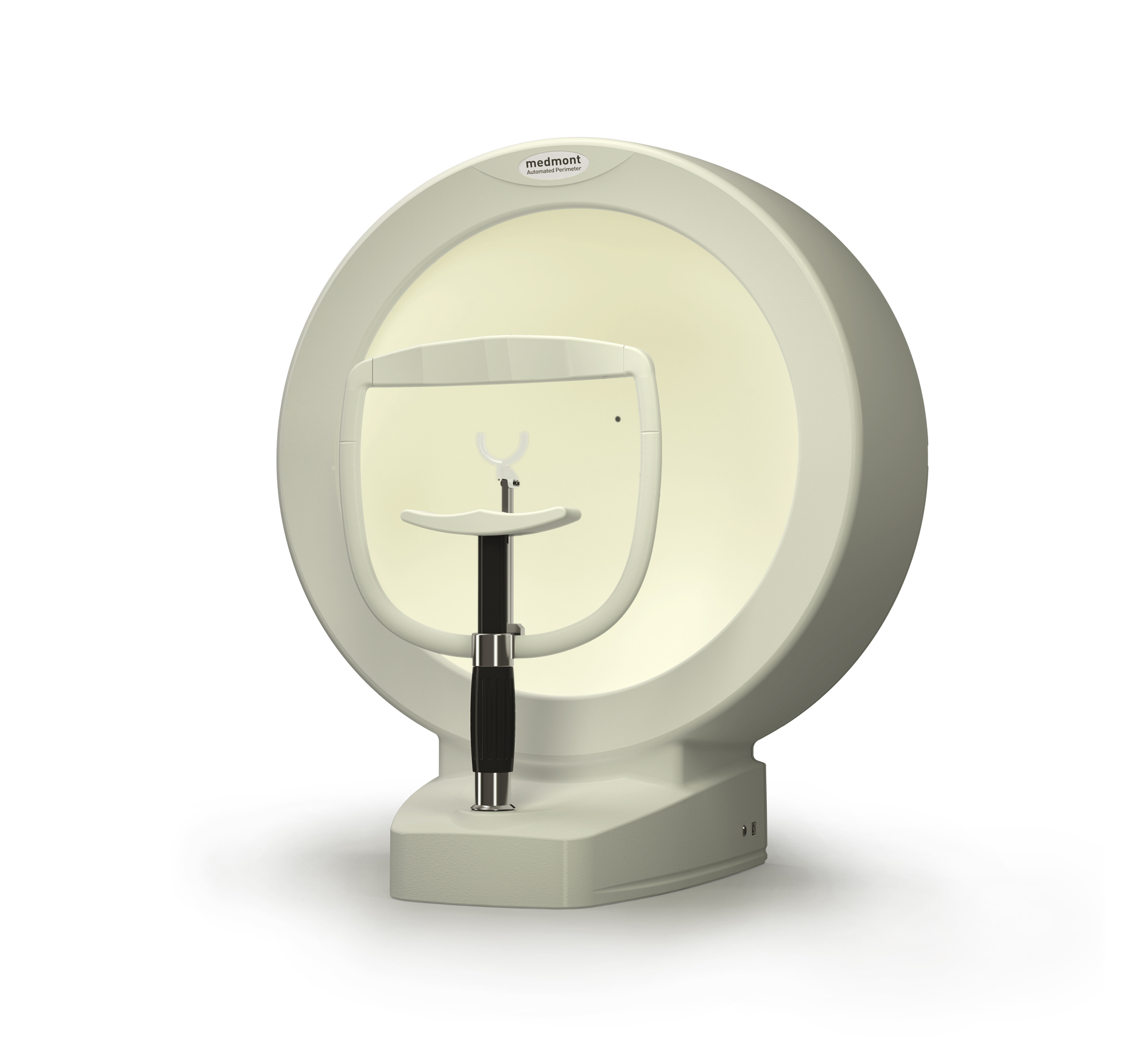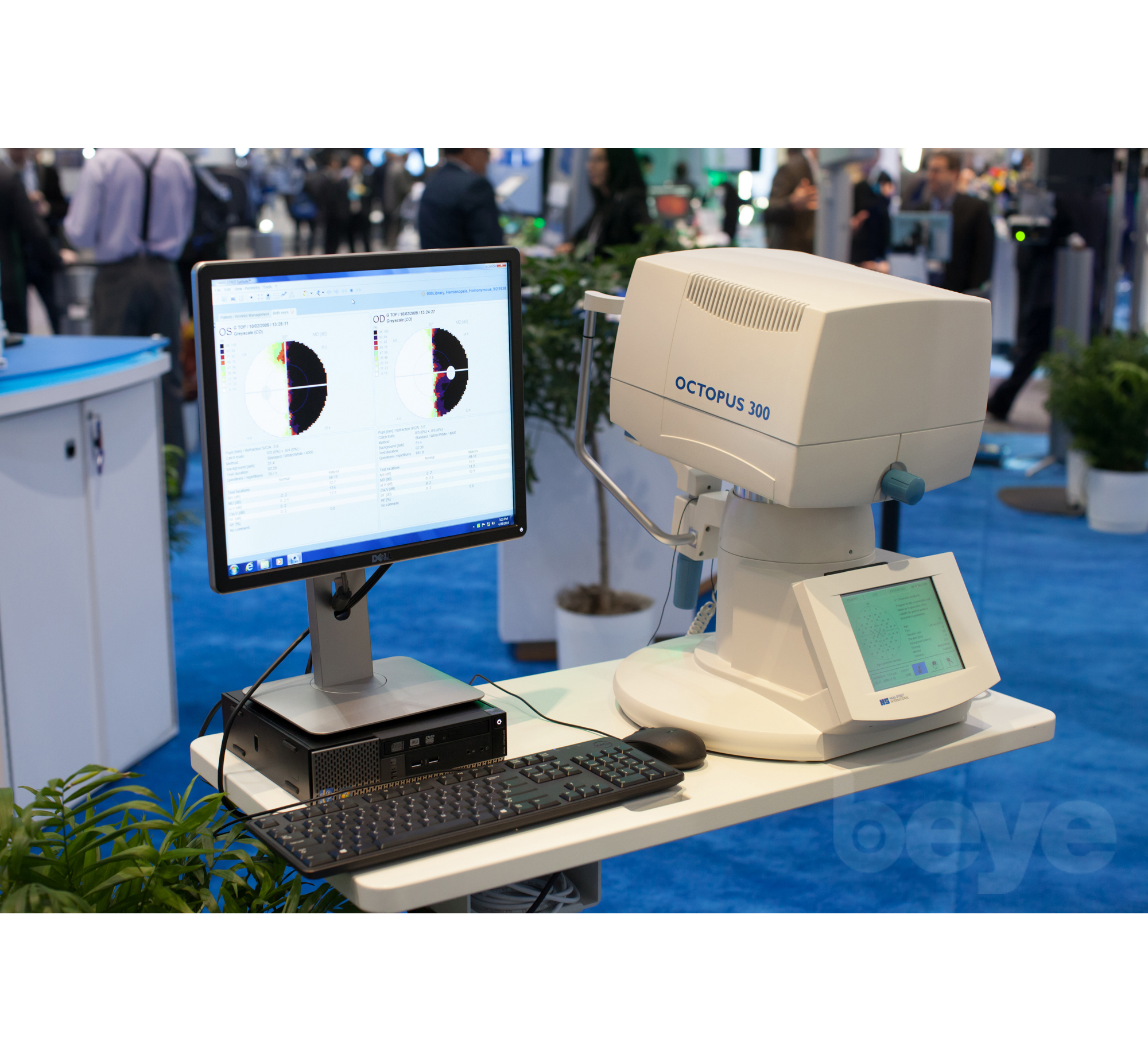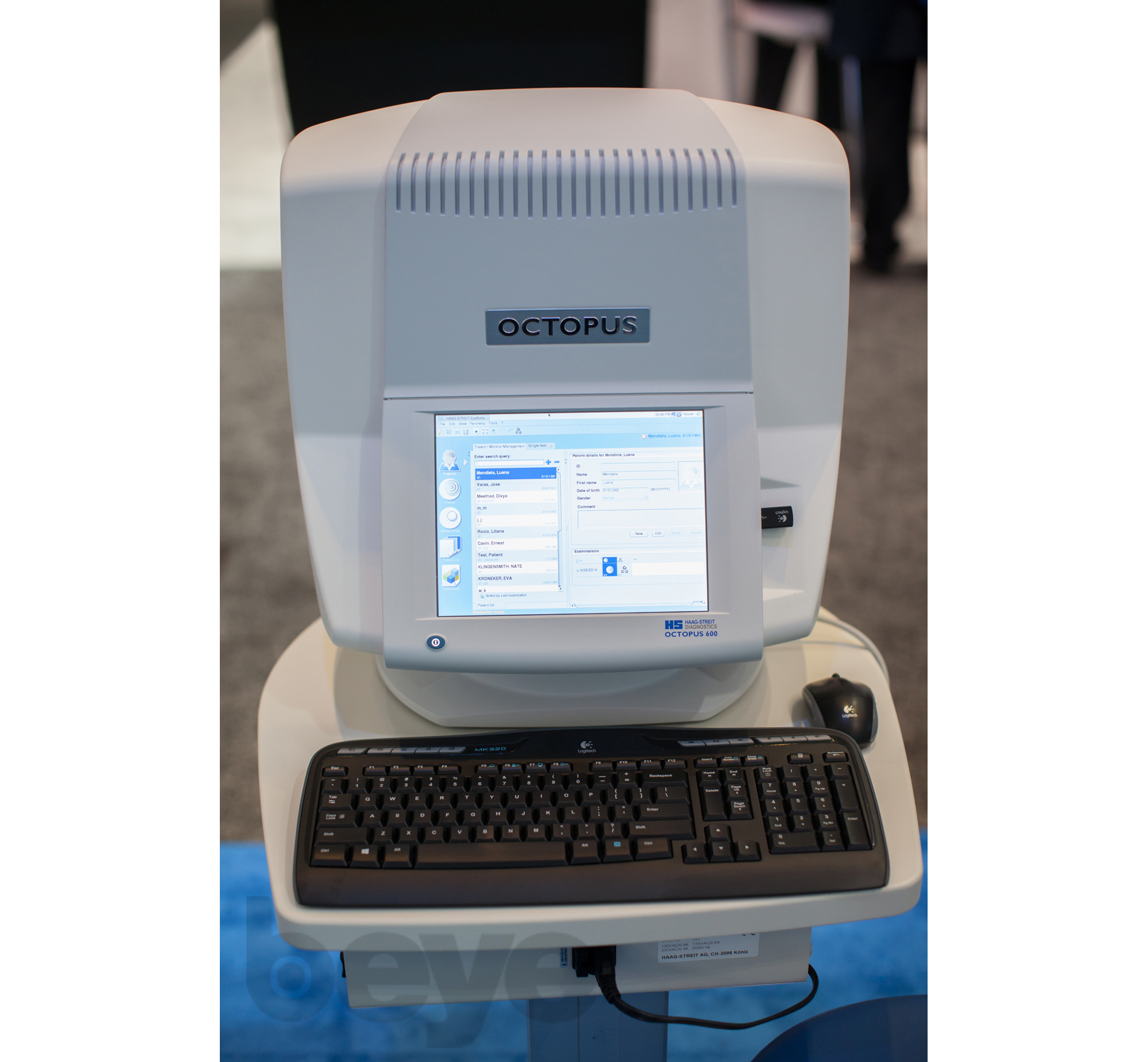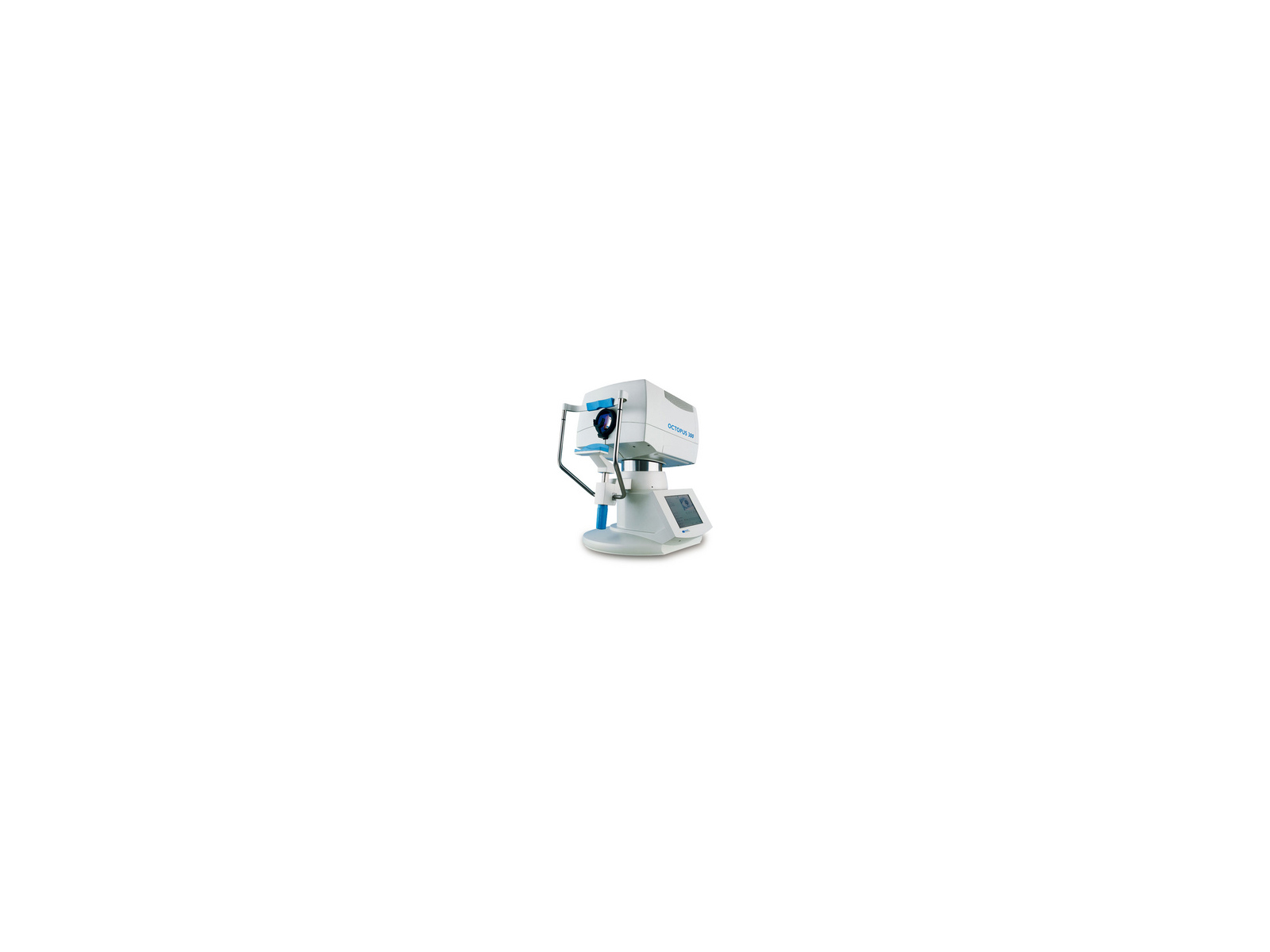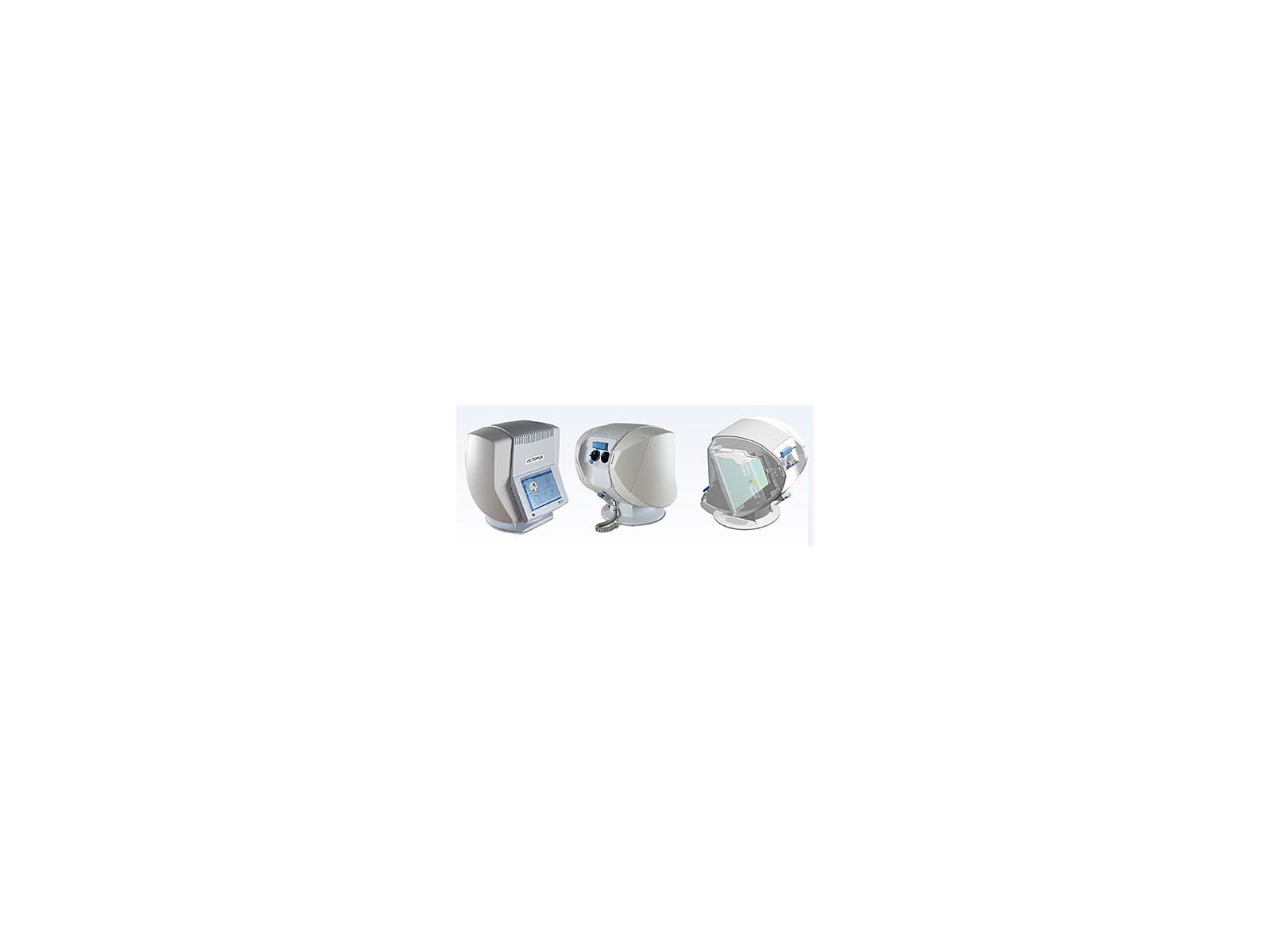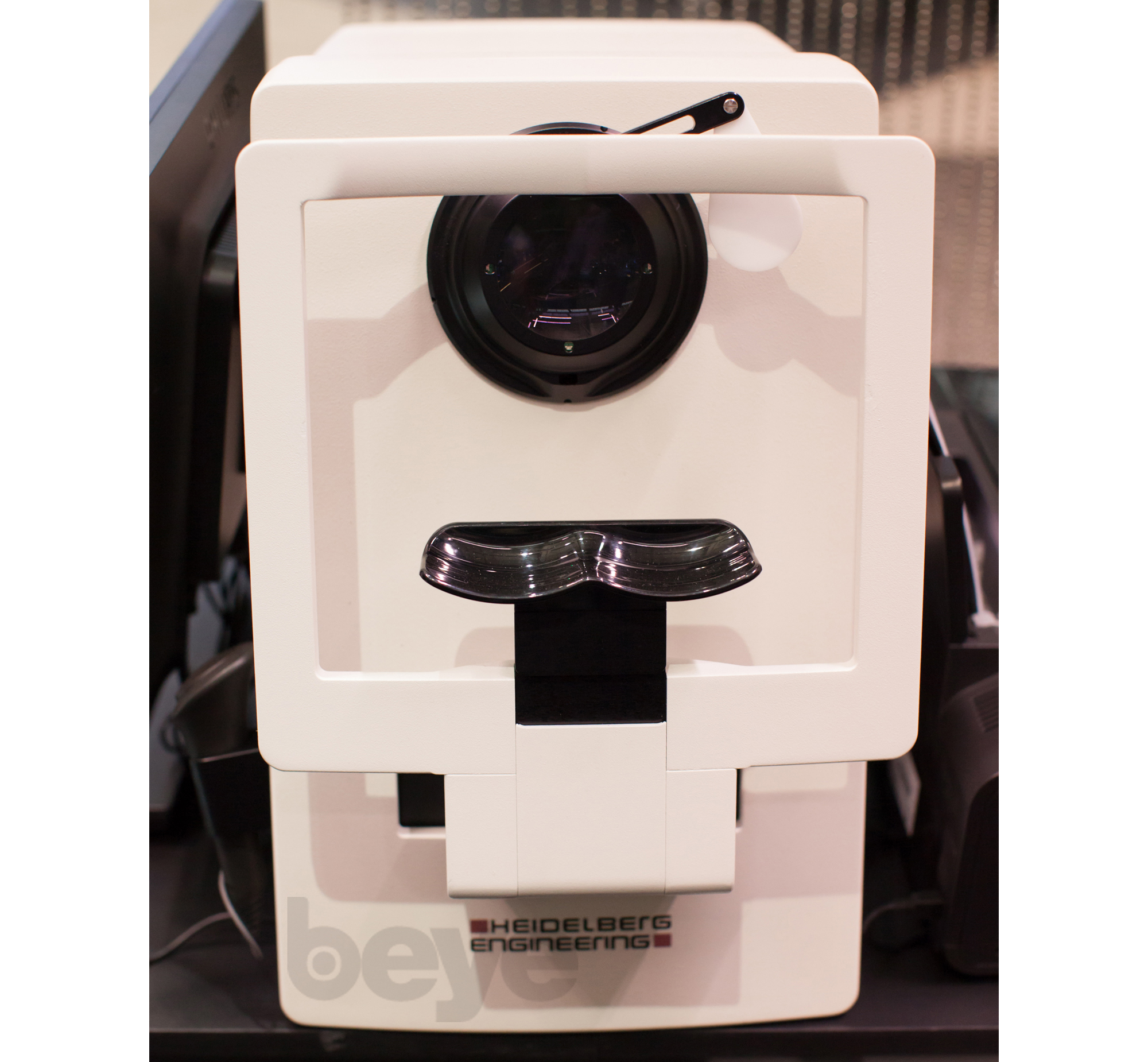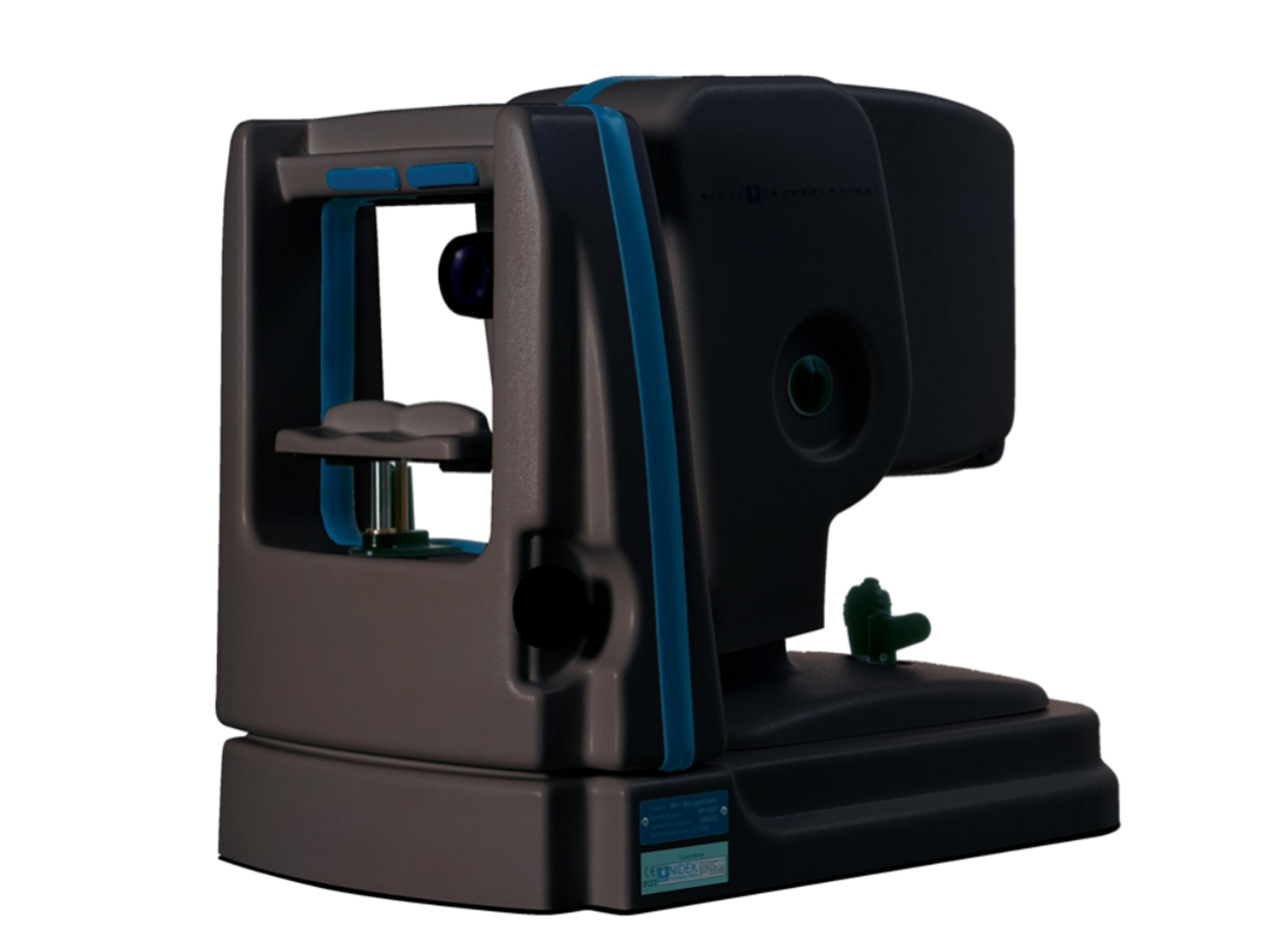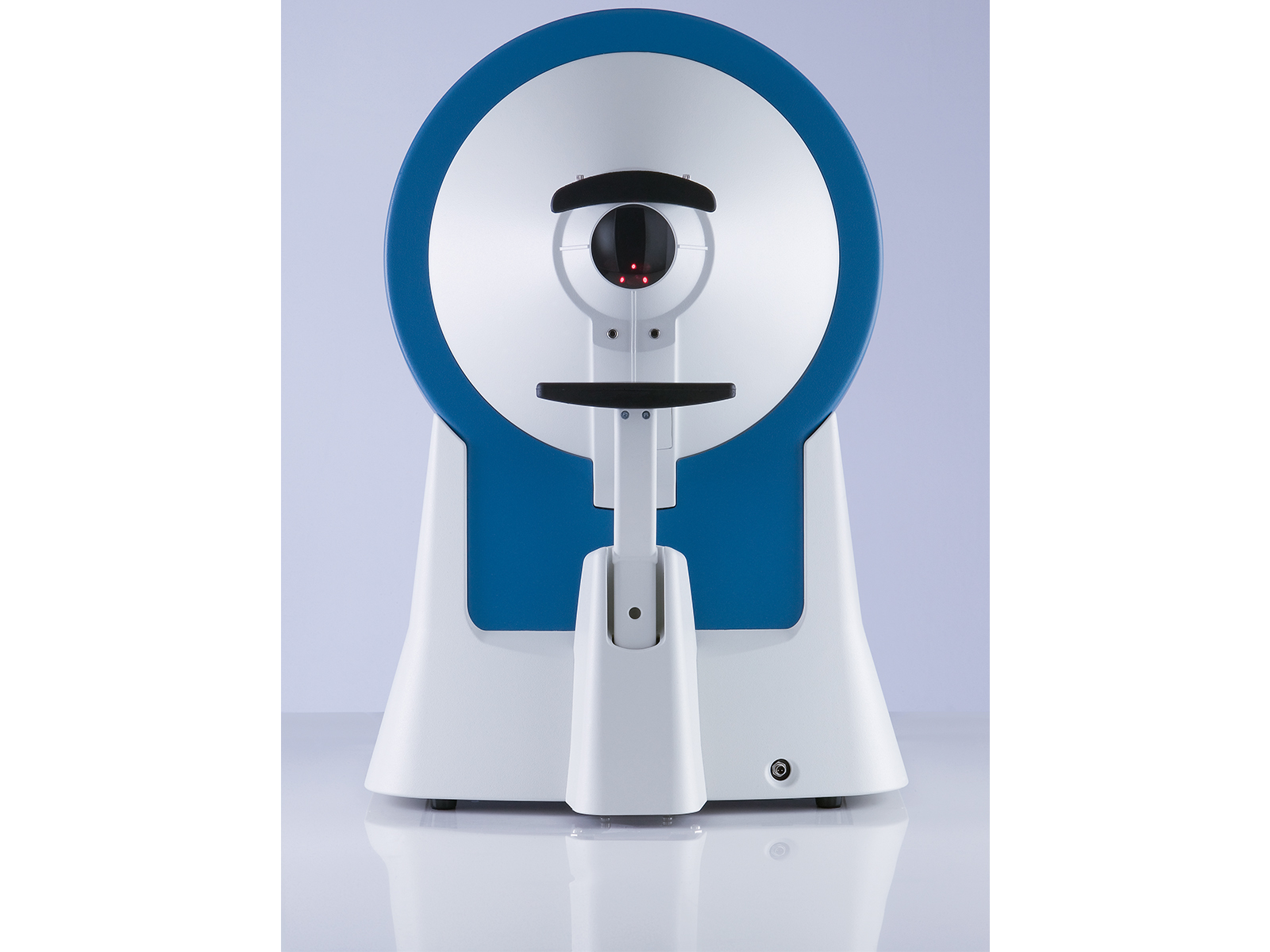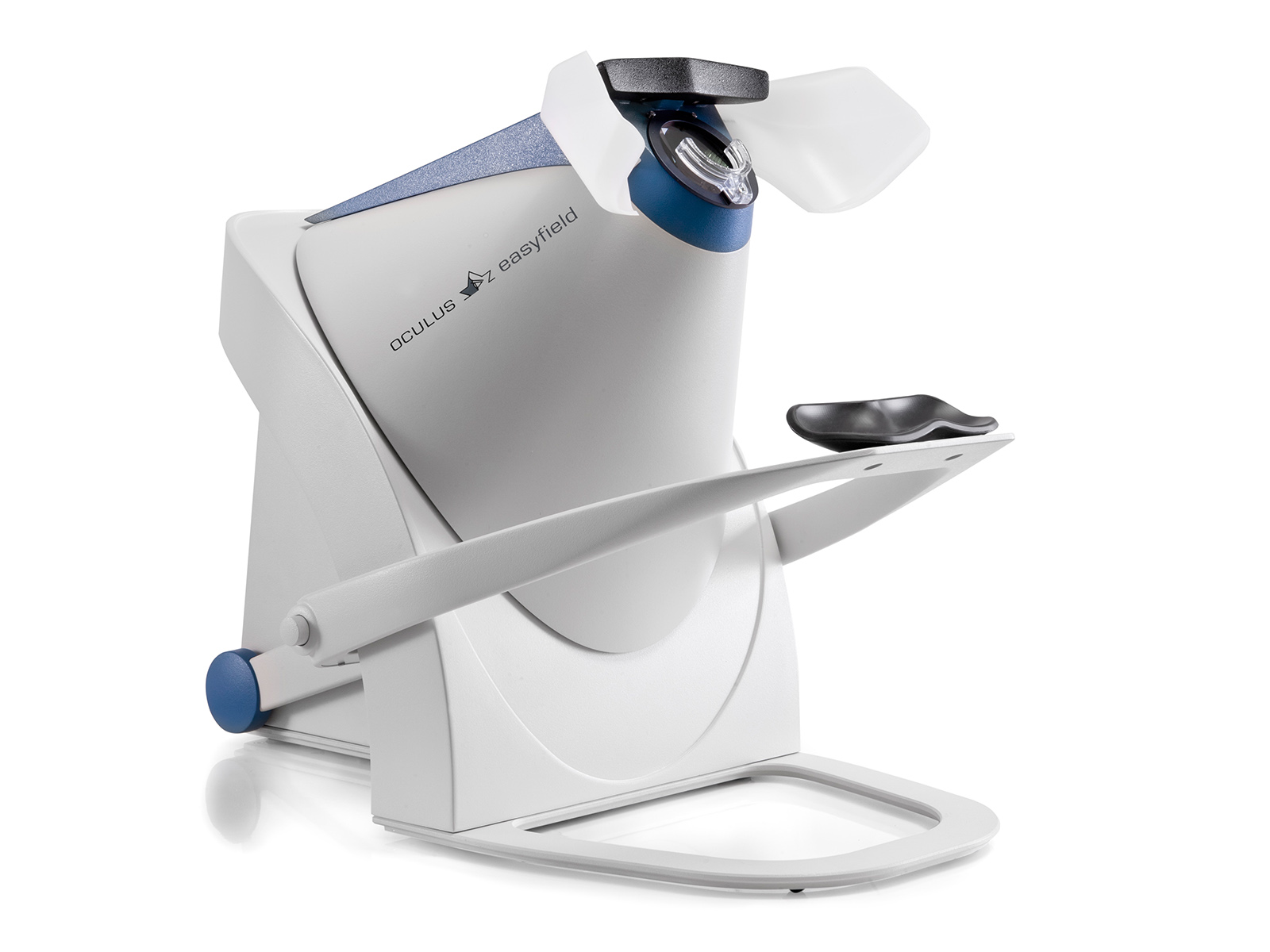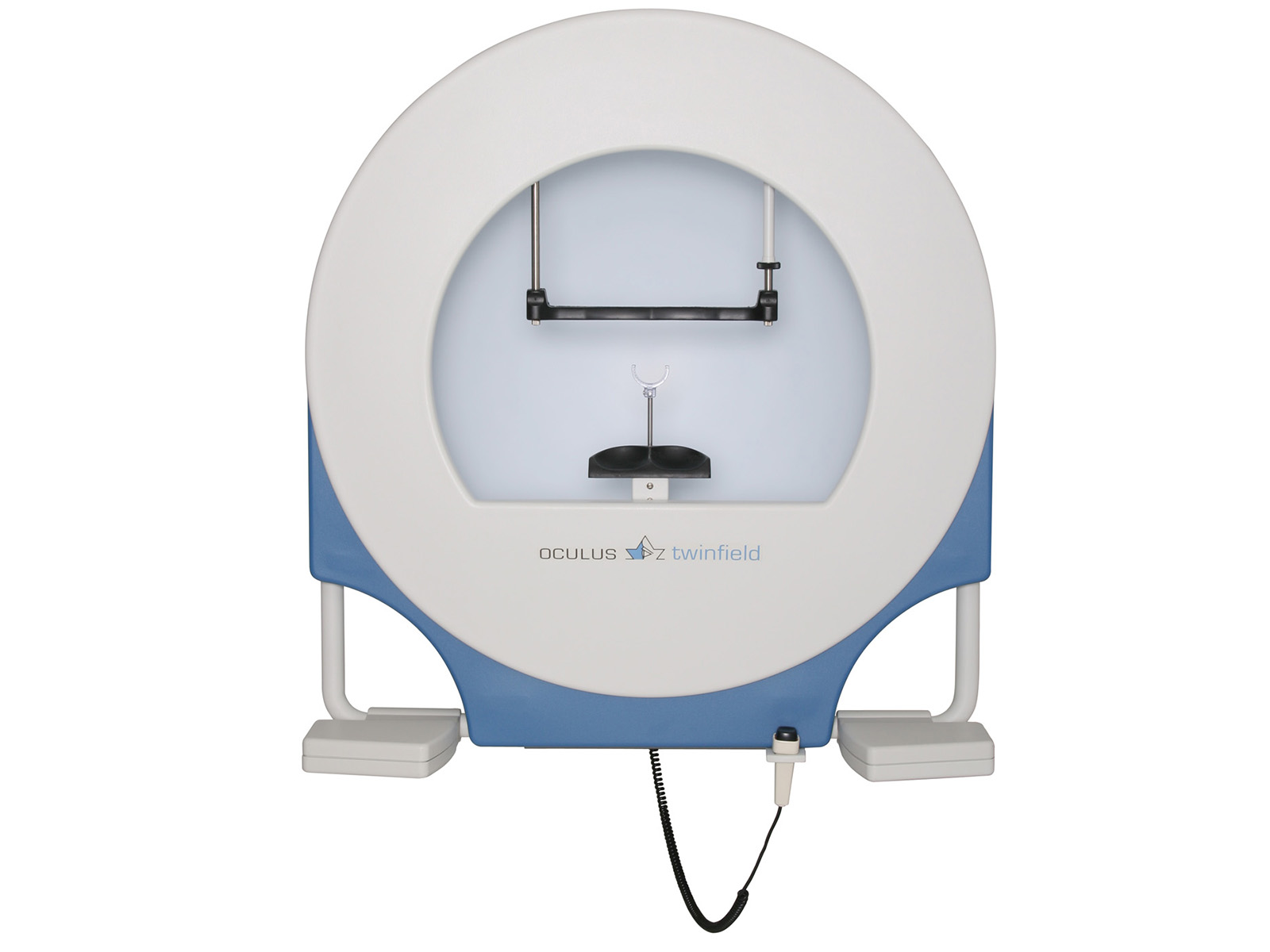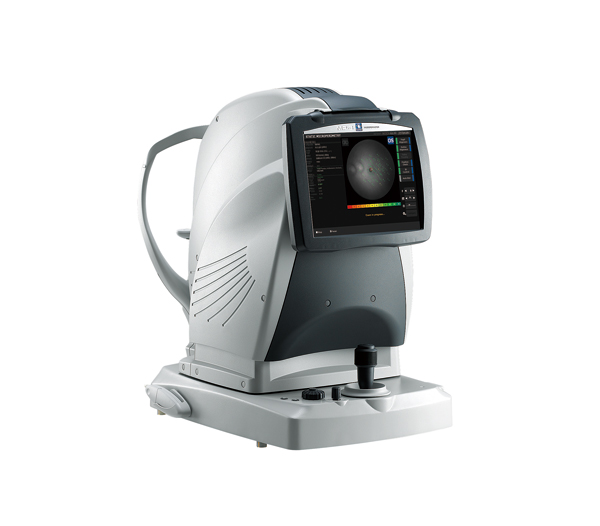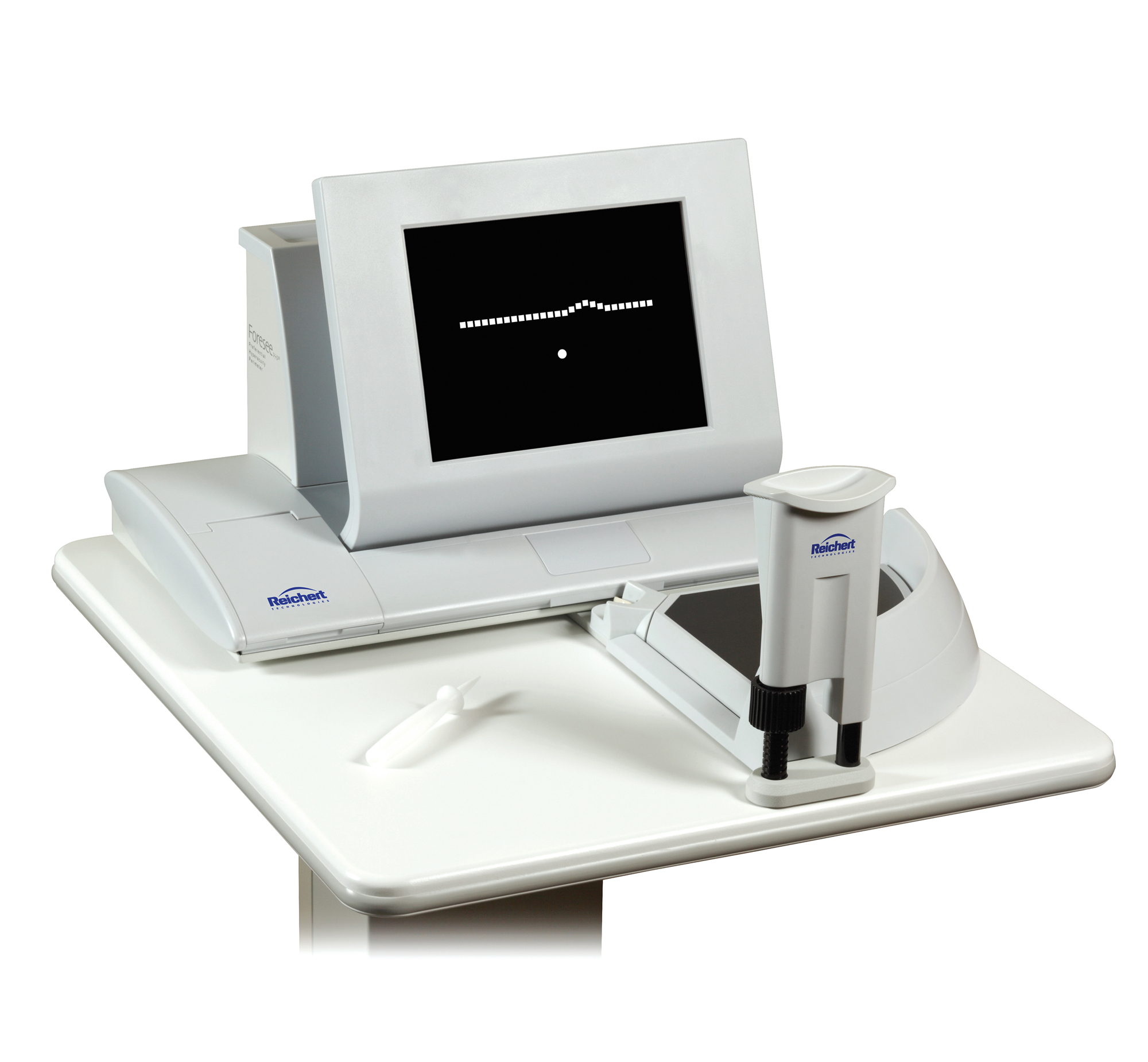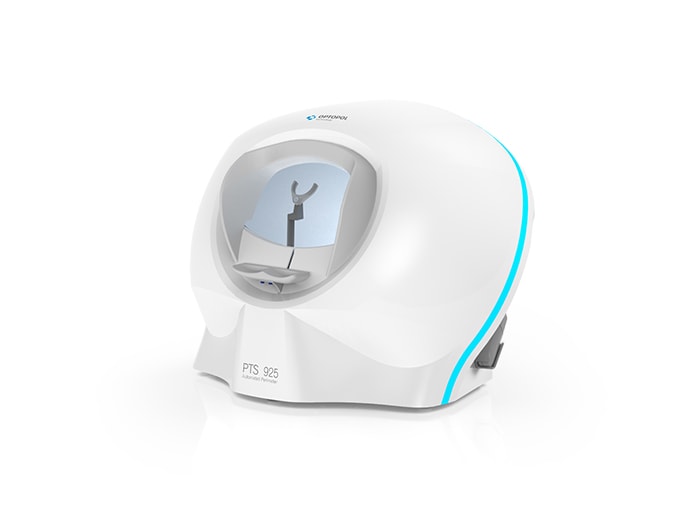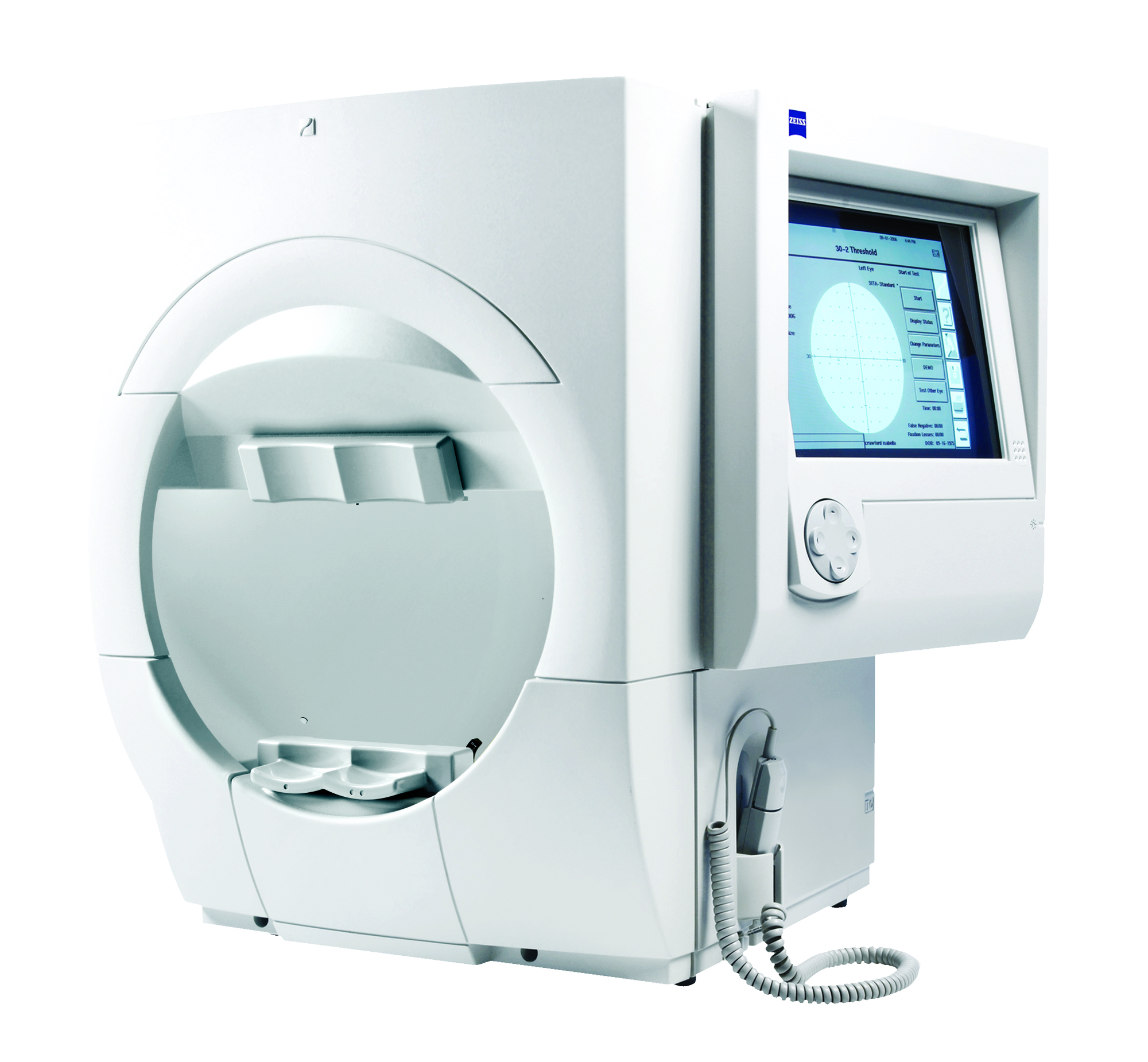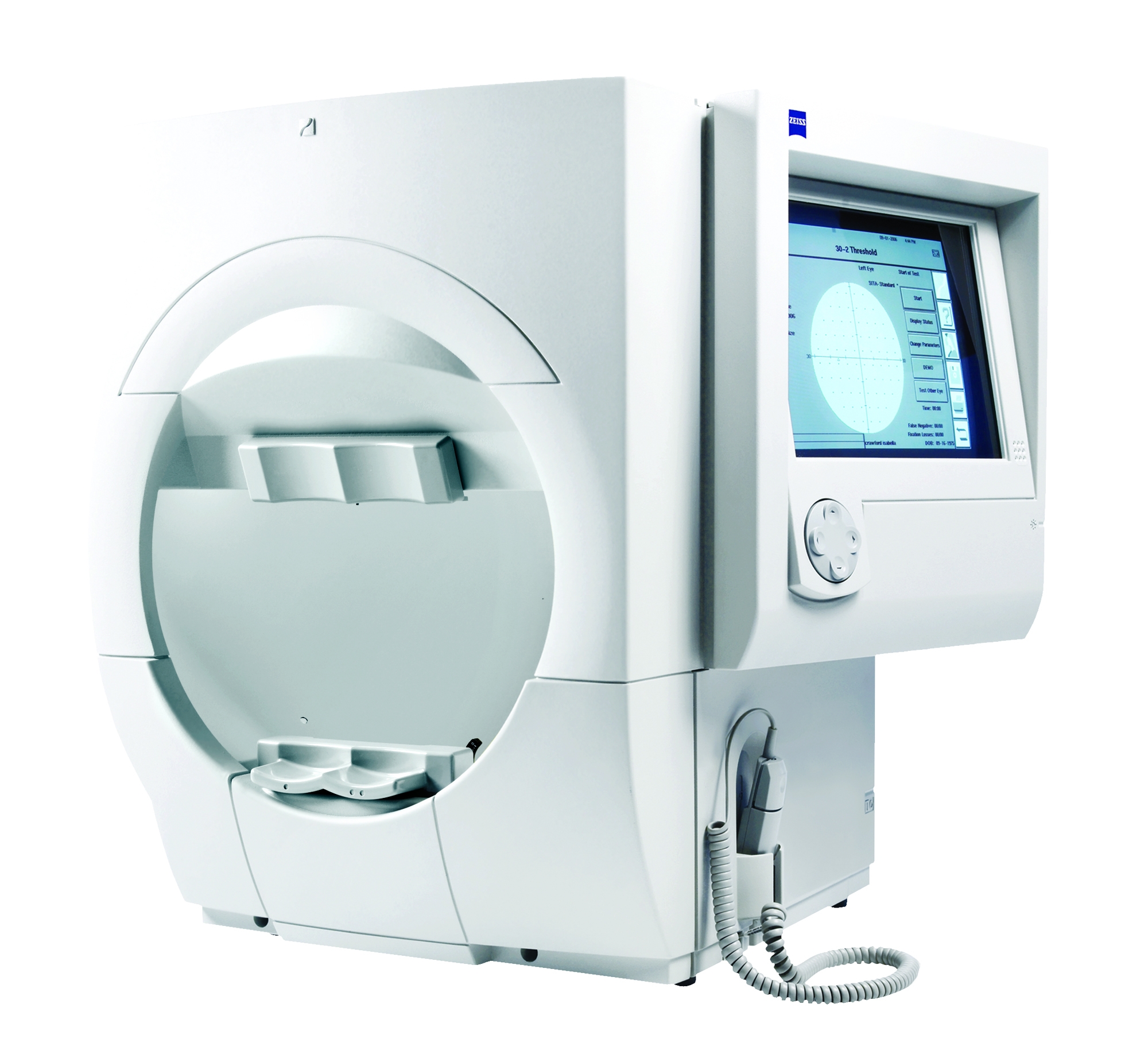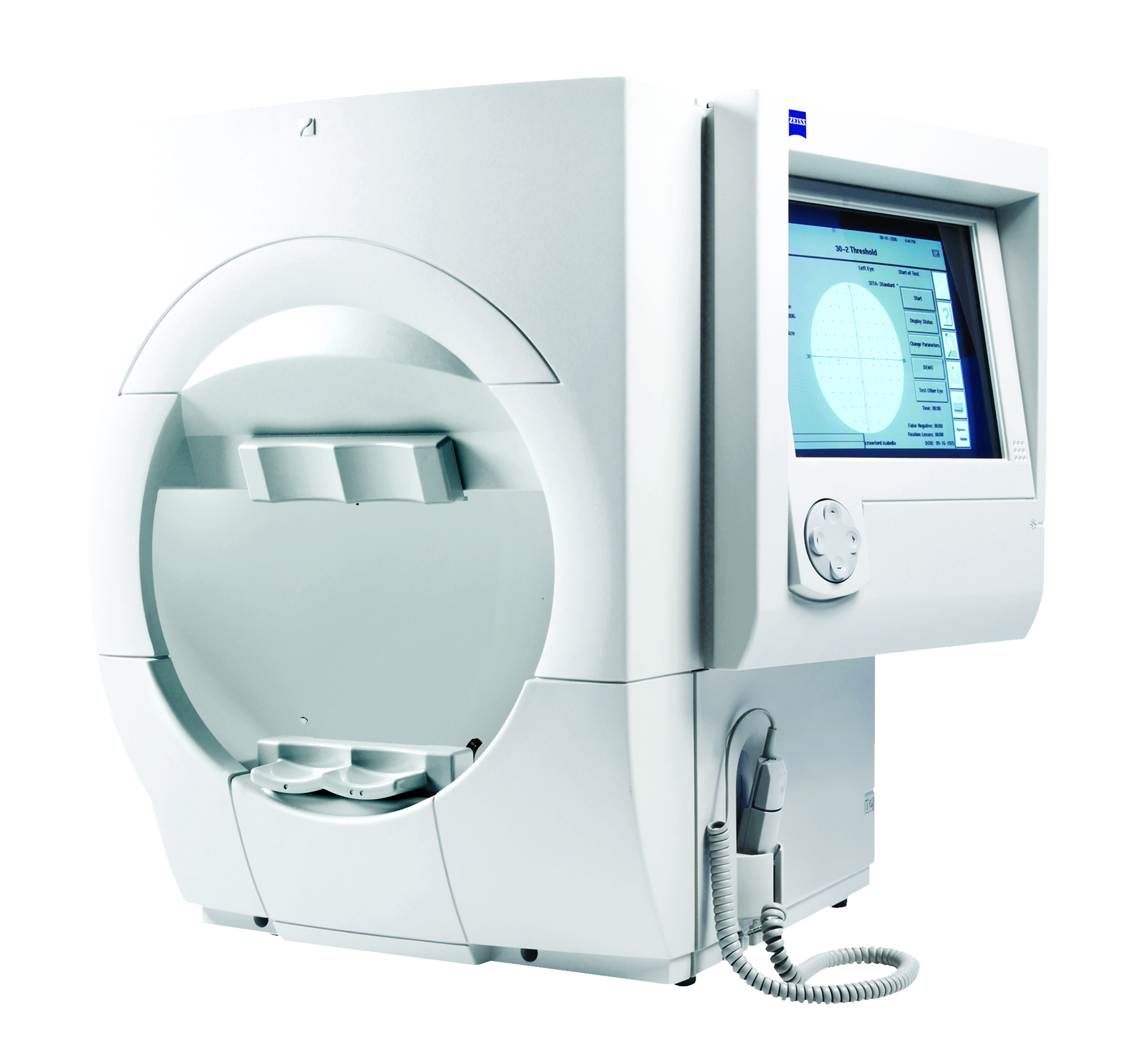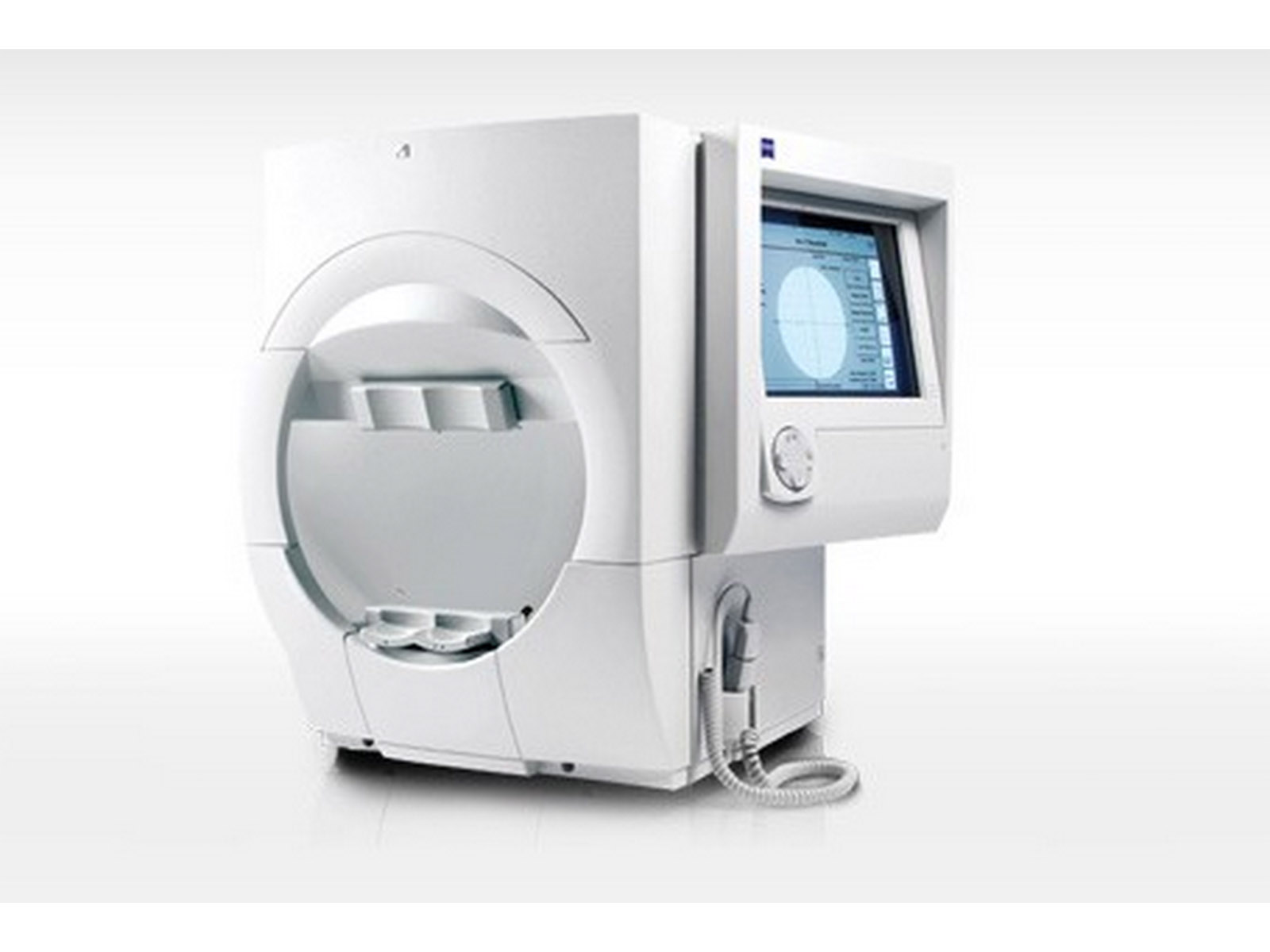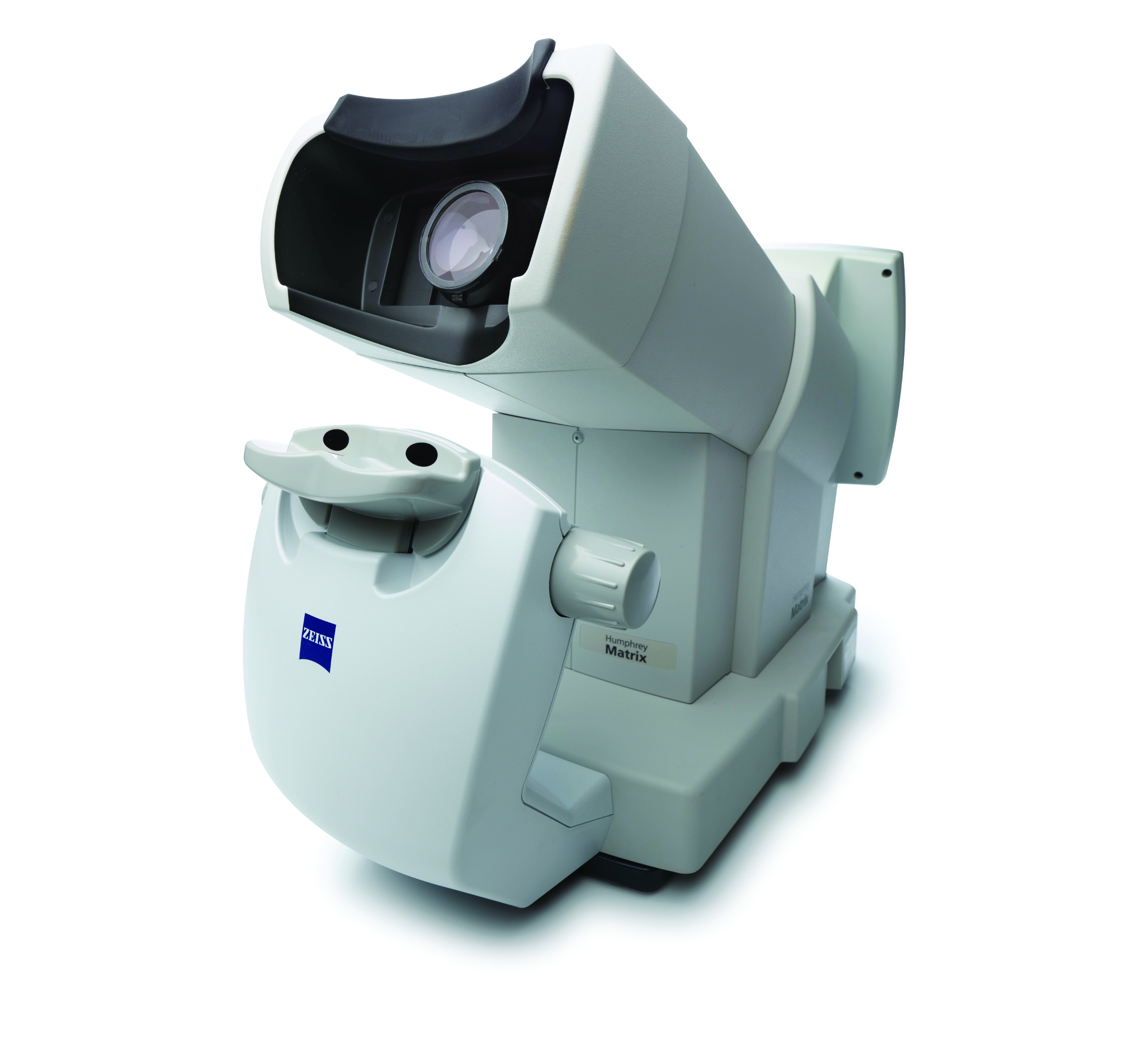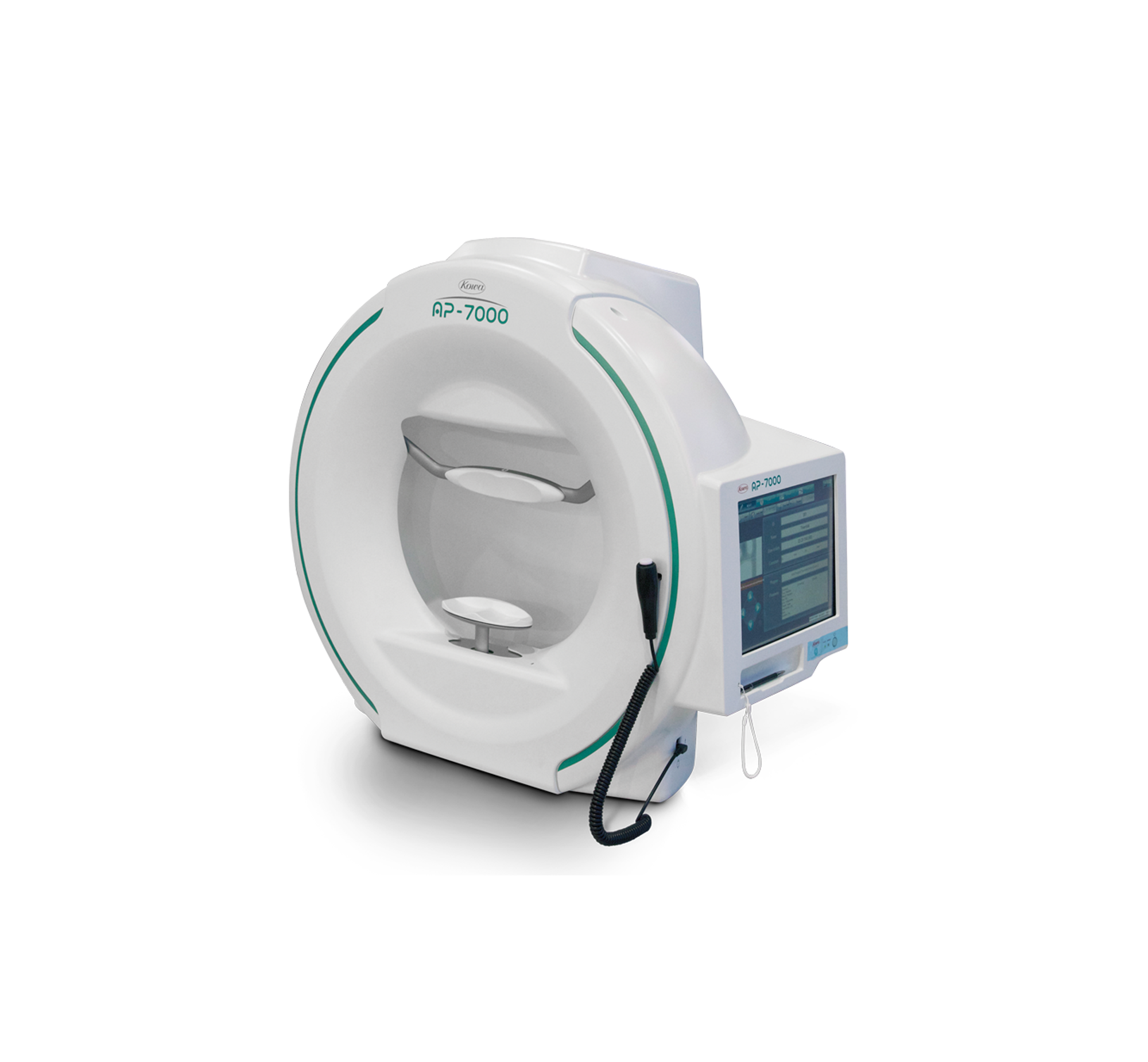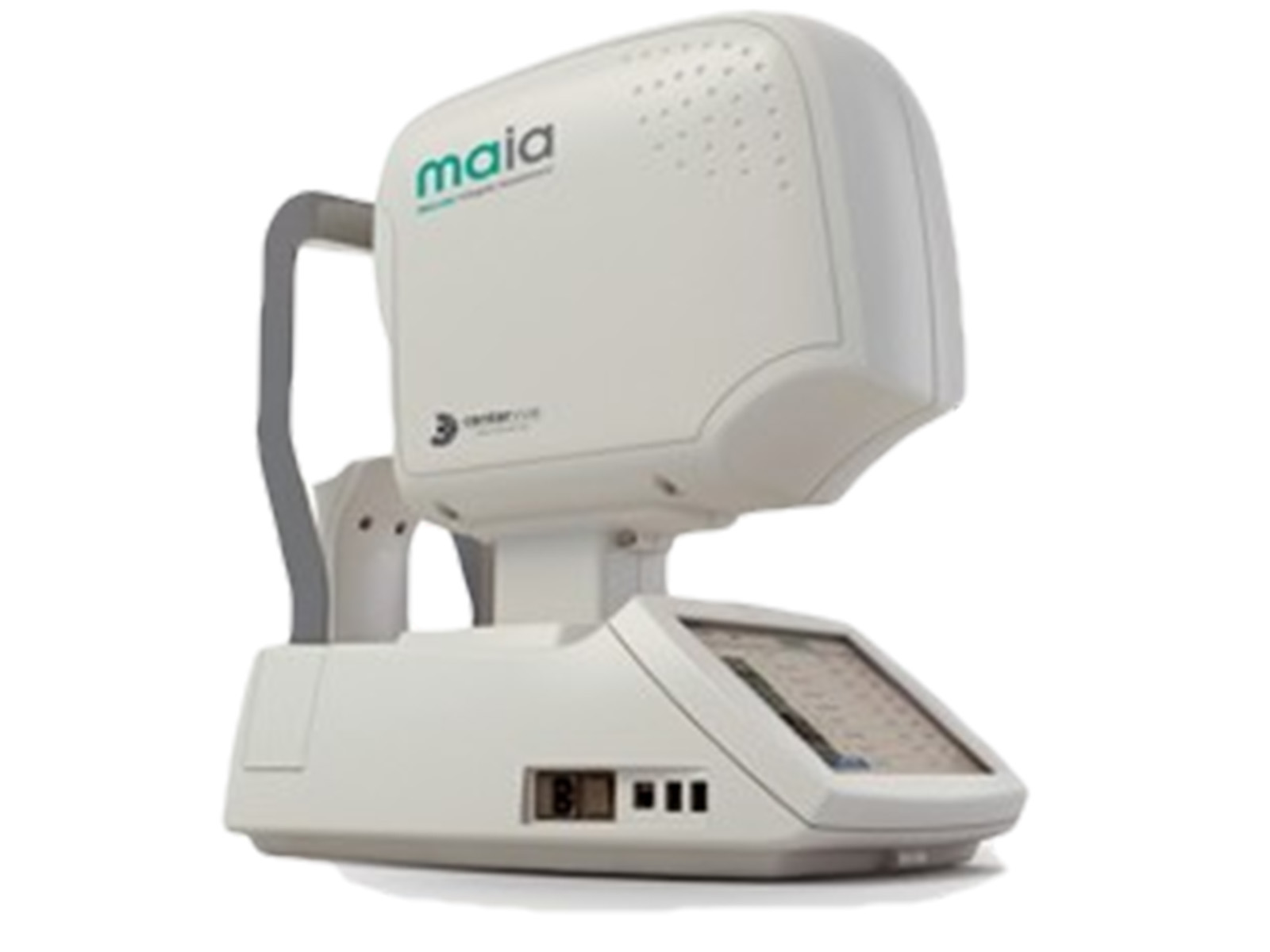- Product Listings
- Compare Products
- Calculators
- Product Tours
- Expert Reviews
- Our Experts
- Company Directory
- About Beye
- Contact Us
Ⓒ 2025 Beye.com. All rights reserved.
This content is intended for health care professionals and providers only. The information contained on Beye.com, including text, graphics, images, and interactive activities, is for informational purposes only, and is not intended to be a substitute for professional medical advice. Beye LLC, via its Editors and Publisher, accepts no responsibility for any injury or damage to persons or property occasioned through the implementation of any ideas or use of any product described herein. Although great care is taken to ensure that all information is accurate, it is recommended that readers seek independent verification of advice on drugs and other product usage, surgical techniques and clinical processes prior to their use. References made in article may indicate usage of medical equipment or drugs at dosages, for periods of time, and in combination not included in the current prescribing information. Inclusion of advertising materials on the website thereof, does not constitute and representation or guarantee by Beye LLC of the quality of such products, or of the claims made.
Compare Perimeters
23 Products
reset all
At-a-Glance
Description
FDA
CE Mark
Flicker Perimetry
Trend Analysis
- Full field coverage (160°)
- Advanced fast threshold testing strategy, employing baysean testing techniques
- Optical System:
- Stimulus Generation: Rear projection light emitting diode
- Stimulus: Goldmann Size III, Model CR Red - optional
- Stimulus Duration: Adjustable 0.1 - 9.9 sec (nom. 0.2 sec)
- Area of Field: 80 degrees
- Fixation Control: Heijl-Krakau, Gaze Tracking
The Medmont M700 Automated Perimeter offers practitioners an effective tool for assessing visual fields. With the advent of Fast Thresholding capabilities to improve patient comfort, perimetry is now more efficient for monitoring and assessment of disease.
No
Yes
Yes
Baseline analysis
- Optimal patient position
- Pupil position control
- Central field standard white-on-white perimetry
- Optical System:
- Stimulus Generation: Direct projection system
- Stimulus: Goldmann Sizes III, V
- Stimulus Duration: 100, 200, 500
- Area of Field: 30 degrees
- Test Strategies: Pupil Diameter, Standard Automated Perimetry, Blue Yellow Perimetry (optional)
The Octopus 300 perimeter is designed for the examination, analysis and documentation of the field of sight, especially the light difference sensitivity and other functions of the human eye.
No
Yes
Optional
Global progression (MD, SLV)
- Pulsar test method for early glaucoma detection
- Blink control, Pupil position control, Dart control, Contact control
- Cluster analysis
- Optical System:
- Stimulus Generation: TFT monitor
- Stimulus Duration: SAP: 100; Pulsar: 500
- Area of Field: 30 degrees
- Test Strategies: Standard Automated Perimetry
The Octopus 600 is a binocular screen perimeter for examining the central field of sight (30°). The device can be employed autonomously, i.e., the examination and control components are integrated in the device.
No
Yes
No
Global progression (MD, SLV), Cluster trend/polar trend
- Progression analysis, Cluster analysis
- Polar graph
- Optical System:
- Stimulus Generation: Mirror projection system
- Stimulus: Goldmann I-V
- Stimulus Duration: 100, 200, 500, 1,000, infinite
- Area of Field: 180
- Test Strategies: Standard Automated Perimetry, Blue Yellow Perimetry, Red/White Perimetry, Goldmann Kinetic Perimetry
- Fixation Control: Gaze Tracking
The Octopus 900, with its 90-degree radius Goldmann bowl permitting 180-degree full field testing, allows additional testing in the periphery for any kind of driving and disability examination.
No
Yes
Yes
Global progression (MD, SLV), Cluster trend/polar trend
- Optimal patient position
- Pupil position control, Blink control, AET (Auto- mated Eye Tracking), Contact control
- Central field standard white-on-white perimetry
- Optical System
- Stimulus Generation: Direct projection system
- Stimulus: Goldmann Sizes III, V
- Stimulus Duration: 100, 200, 500
- Area of Field: 30 degrees
- Test Strategies: Pupil Diameter, Standard Automated Perimetry, Blue Yellow Perimetry
The Octopus 300 Pro perimeter is designed for the examination, analysis and documentation of the field of sight, especially the light difference sensitivity and other functions of the human eye.
No
Yes
Yes
Global progression (MD, SLV), Cluster trend/polar trend
- Early glaucoma detection
- Cluster analysis
- Blink control, Pupil position control, Dart control, Contact control
- Optical System:
- Stimulus Generation: TFT monitor
- Stimulus Duration: SAP: 100; Pulsar: 500
- Area of Field: 30 degrees
- Test Strategies: Standard Automated Perimetry
The Octopus 600 is a binocular screen perimeter for examining the central field of sight (30°). The device can be employed autonomously, i.e., the examination and control components are integrated in the device.
No
Yes
No
Global progression (MD, SLV), Cluster trend/polar trend
- Progression analysis, Cluster analysis
- Polar graph
- Optical System:
- Stimulus Generation: Mirror projection system
- Stimulus: Goldmann I-V
- Stimulus Duration: 100, 200, 500, 1,000, infinite
- Area of Field: 180
- Test Strategies: Pupil Diameter
The Octopus 900, with its 90-degree radius Goldmann bowl permitting 180-degree full field testing, allows additional testing in the periphery for any kind of driving and disability examination.
No
Yes
Not specified
Global progression (MD, SLV)
- Online data access
- Multi-modality perimetry
- Optical System:
- Stimulus Generation: Projection
- Stimulus: Goldman III
- Area of Field: 10, 24, 30, 60
- Test Strategies: Standard Automated Perimetry
The Heidelberg Edge Perimeter (HEP) performs innovative functional testing of the visual system. Not only Standard Automated Perimetry (SAP), but also a new early detection test - Flicker-Defined Form.
No
Yes
Yes
Functional Change Analysis
- Finds the position, shape, and size of even the smallest scotomas
- Perimetery and fixation data are automatically plotted over a color fundus photo
- Biofeedback system for fixation therapy in low vision patients
- Differential mapping function and exact exam replication for assessment of changes in retinal sensitivity over time
- Scotopic testing mode included
Nidek's MP-1S is a retinal function analyzer that, along with its accurate retinal tracker, correlates fixation data and light-sensitivity map on any selected area of the retina. The MP-1S is designed to obtain multiple retinal analysis on patients with almost any visual acuity level.
Yes
Yes
No
Differential Map
- Employs all measurement principles
- Networking capability
- Optical System:
- Stimulus: Goldman III
- Stimulus Duration: 200 ms/ user defined
- Area of Field: 70 degrees
- Test Strategies: Standard Automated Perimetry
- Fixation Control: Heijl-Krakau
The Centerfield 2 Perimeter's closed design and shaded view into the perimetric bowl allow for visual field examinations in normally lit rooms; therefore it is easy to use this practical table-top device almost anywhere. Operated by an external note computer, Centerfield 2 is also transportable.
Yes
Yes
Not specified
Threshold noiseless trend
- Comprehensive perimetry
- Adaptable double chinrest
- Optical System:
- Stimulus: Goldman III
- Stimulus Duration: 200 ms/ user defined
- Area of Field: 30 degrees
- Test Strategies: Standard Automated Perimetry
The OCULUS Easyfield C is a full-fledged compact perimeter capable of performing standard automated perimetry of the central visual field up to 30° eccentricity. It has been designed for the combined use as visual field screener & perimeter, offering features usually available only in large units.
Yes
Yes
Not specified
Threshold noiseless trend
- Static automated perimetry
- Kinetic perimetry
- Optical System:
- Stimulus: Goldmann I, III, V / White / blue / red
- Stimulus Duration: 200 ms/ user defined
- Area of Field: 90 degrees
- Test Strategies: Standard Automated Perimetry, Goldmann Kinetic Perimetry
- Fixation Control: Heijl-Krakau
The OCULUS Twinfield 2 device measures the full field of vision using both automatic, static perimetry and automatic or manual kinetic examinations.
Yes
Yes
Not specified
Threshold noiseless trend
- Wide Stimulus & Threshold range measurements for detection of dense scotomas
- Fully automated measurements
- High resolution 12 MP camera
- Precise follow-up examination
The MP-3 Microperimeter measures local retinal sensitivity for functional assessment of the retina. The results can be displayed over a color fundus image, correlating retinal anatomy to retinal function.
—
—
—
—
- Visual field mapping
- Software upgrade capability
- Ergonomically improved solutions
- Optical System:
- Stimulus Generation: Dot deviation signal flashed over macular loci
- Area of Field: Central visual field - 14 degrees
The Foresee PHP is intended for use in the detection and characterization of central and paracentral metamorphopsia (visual distortion) in patients with age-related macular degeneration, as an aid in monitoring progression of disease factors causing metamorphopsia including but not limited to choroidal neovascularization (CNV).
Not specified
Yes
No
Automatic analysis
- Static + Kinetic visual field testing
- LED projector-based technology
- Import old HFA Database
- Test Fields: 5-2, 10-2, 24-2, 30-2, Customizable Fields
- Stimulus: Goldmann I-V
- Adaptive Stimulus Timing
- Test Field Area: 180° Horizontal maximum
- Test Strategies: Screening (2-zone, 3-zone), Thresholding (Threshold, Fast Threshold, Advanced Threshold, Dynamic, TOP, TOP+, ZETA™, ZETA™ Fast, BSV, Flicker, Semi-Automated Kinetic)
- Fixation Control: Gaze Tracking, Blink monitoring, Heijl Krakau, V-Eye™(Virtual Eye Position)
- Windows 10 Pro Operating System
- DICOM + EMR compatibility
- Unlimited Review Station Software
- 2 Year Comprehensive Warranty
The PTS 2000 is a top of the line Automated Projection Perimeter, with the latest in visual field testing standards. Utilizing the most advanced testing techniques available, the PTS 2000 provides fast testing strategies, customizable patterns, kinetic testing, and all Goldmann stimuli sizes.
Yes
Yes
Yes
DPA™ (Defect Progression Analysis) Analysis of visual field defects on a long term scale. It helps to separate short term fluctuations from real VF defects; DPA uses comparisons of several examinations to a baseline; VQI (Visual Field Quality Index)
- Screening + Thresholding Wide Field Perimeter
- LED based technology
- Import old HFA Database
- Test Fields: 5-2, 10-2, 24-2, 30-2, Customizable Fields
- Stimulus: Goldmann III
- Adaptive Stimulus Timing
- Test Field Area: 170° Horizontal maximum
- Test Strategies: Screening (2-zone, 3-zone), Thresholding (Threshold, Fast Threshold, Advanced Threshold, Dynamic, TOP, TOP+, ZETA™, ZETA™ Fast, BSV, Flicker, Semi-Automated)
- Fixation Control: Gaze Tracking, Blink monitoring, Heijl Krakau, V-Eye™(Virtual Eye Position)
- Windows 10 Pro Operating System
- DICOM + EMR compatibility
- Unlimited Review Station Software
- 2 Year Comprehensive Warranty
The PTS 925Wi is a small but powerful Automated Perimeter. This unit shares most of the same great features of the larger PTS 2000. Unlike most space-saving perimeters, the PTS 925Wi allows peripheral testing outside the central 30 degrees, including screening and thresholding strategies.
Yes
Yes
Yes
DPA™ (Defect Progression Analysis) Analysis of visual field defects on a long term scale. It helps to separate short term fluctuations from real VF defects; DPA uses comparisons of several examinations to a baseline; VQI (Visual Field Quality Index)
- Patients may be testing using their own glasses
- Optical System:
- Stimulus: 17 or 19 FDT patterns plus OD and OS fixation catch trial patterns
- Stimulus Duration: 200 - 400 ms
- Area of Field: 30 degrees
- Test Strategies: Pupil Diameter,
- Fixation Control: Heijl-Krakau
The Humphrey FDT Model 710 Perimeter is an AC-powered device intended to determine the amount of visual field loss in a patient, which can then be used to diagnose/track the progression of glaucoma and other eye diseases.
No
Yes
No
No
- Early glaucoma detection
- Connectivity to office networks
- Optical System:
- Stimulus Generation: Central, small diamond, large diamond, bottom LED
- Stimulus: Goldmann I-V
- Stimulus Duration: 200 msec
- Area of Field: 89
- Test Strategies: Pupil Diameter, Standard Automated Perimetry, Blue Yellow Perimetry, Red/White Perimetry, Goldmann Kinetic Perimetry, Foveal Sensitivity
- Fixation Control: Heijl-Krakau, Head Tracking, Gaze Tracking
The Humphrey HFA II-i 750i Field Analyzer is an automated perimeter intended to identify visual field defects for the purposes of screening, monitoring and assisting in the diagnosis and management of ocular diseases such as glaucoma, and related neurological disorders. It is the ultimate for practice efficiency, advanced features and long-term value.
Yes
Yes
No
Guided Progression Analysis
- Guided Progression Analysis
- Data management connectivity
- Optical System:
- Stimulus Generation: Central, small diamond, large diamond, bottom LED
- Stimulus: Goldmann I-V
- Stimulus Duration: 200 msec
- Area of Field: 89
- Test Strategies: Standard Automated Perimetry, Blue Yellow Perimetry, Red/White Perimetry, Goldmann Kinetic Perimetry, Foveal Sensitivity
- Fixation Control: Heijl-Krakau, Gaze Tracking
The Humphrey HFA II-i 745i Field Analyzer is an automated perimeter intended to identify visual field defects for the purposes of screening, monitoring and assisting in the diagnosis and management of ocular diseases such as glaucoma, and related neurological disorders.
Yes
Yes
No
Guided Progression Analysis
- Consistent data management
- Early glaucoma detection
- Optical System:
- Stimulus Generation: Central, small diamond, large diamond, bottom LED
- Stimulus: Goldmann I-V
- Stimulus Duration: 200 msec
- Area of Field: 89
- Test Strategies: Standard Automated Periometry, Red/White Perimetry, Goldmann Kinetic Perimetry, Foveal Sensitivity
- Fixation Control: Heijl-Krakau, Gaze Tracking
The Humphrey HFA II-i 740i Field Analyzer is an automated perimeter intended to identify visual field defects for the purposes of screening, monitoring and assisting in the diagnosis and management of ocular diseases such as glaucoma, and related neurological disorders.
Yes
Yes
No
Guided Progression Analysis
- Optical System:
- Stimulus Generation: 200ms
- Test Strategies: Pupil Diameter, Standard Automated Perimetry, Blue Yellow Perimetry, Goldmann Kinetic Perimetry, Foveal Sensitivity
- Fixation Control: Heijl-Krakow, Head Tracking, Gaze Tracking
The new Humphrey Field Analyzer 3 (HFA3), with Liquid Lens technology, combines everything you've always valued in a perimeter with everything you've been waiting for.
Yes
Not specified
Yes
Yes
- integrated glaucoma management
- Data management connectivity
- Optical System:
- Stimulus Duration: 300 ms
- Area of Field: 30 degrees
- Test Strategies: Blue Yellow Perimetry
- Fixation Control: Heijl-Krakau
The Humphrey Matrix Visual Field Analyzer is the ideal solution for busy practices for case detection and fast threshold testing. In addition to simplifying visual field testing, numerous studies show that frequency doubling perimetry can detect visual field loss missed by other methods
No
Yes
No
No
- Early glaucoma detection
- Ergonomic design
- Optical System:
- Stimulus Generation: Projection
- Stimulus: Goldmann I-V
- Stimulus Duration: 0.2 sec.
- Area of Field: 80 degrees
- Test Strategies: Pupil Diameter, Standard Automated Perimetry, Foveal Sensitivity
- Fixation Control: Heijl-Krakau, Gaze Tracking
KOWA AP-7000 is an automatic perimeter to perform perimetry examinations and to display examination results. Static quantitative perimetry examinations and kinetic perimetry examinations are available.
No
Yes
No
Progression Analysis
- Comparison with normative intervals and Normal – Suspect - Abnormal indicators
- Test can be paused and automatically restarted at any time
- Overlay of structural and functional information
- Optical System:
- Stimulus: Goldmann III (26 arcmin)
- Area of Field: 30° x 30°
- Test Time: 2 minutes per eye
- Test Strategies:Pupil Diameter, Foveal Sensitivity
MAIA microperimeter technology combines 3 different techniques in the analysis of the retinal function: a) Retinal Imaging, b) Analysis of retinal sensitivity and c) Analysis of fixation capabilities. MAIA is used as a diagnostic device to aid in the detection and management of diseases affecting the macula, including, but not limited to, macular degenerations.
Yes
Yes
Not specified
Not specified
